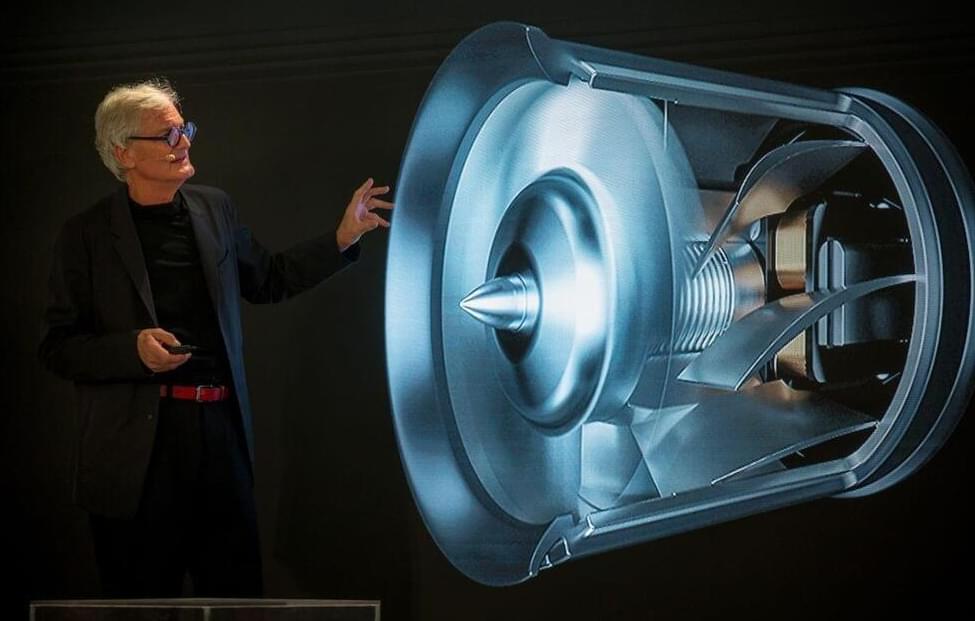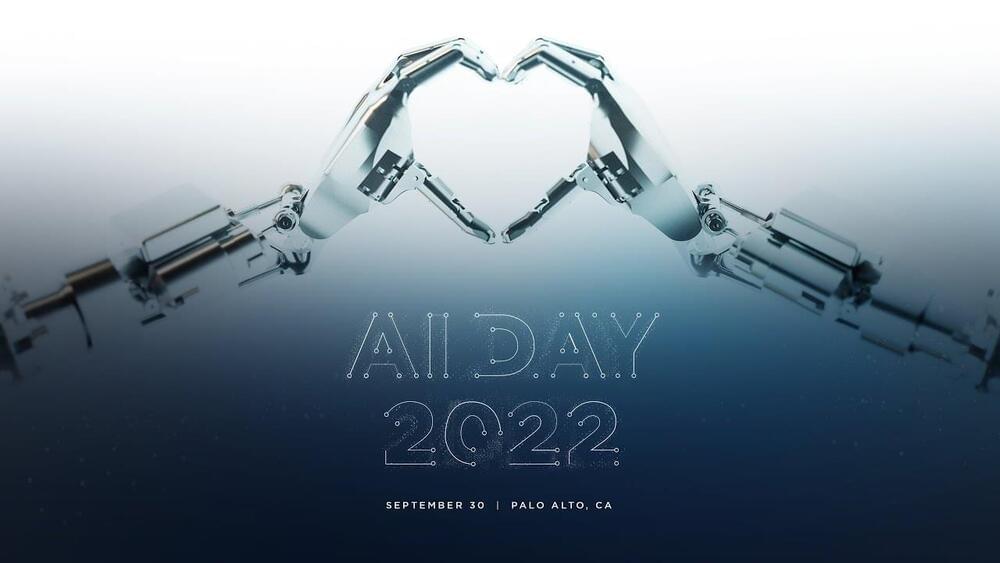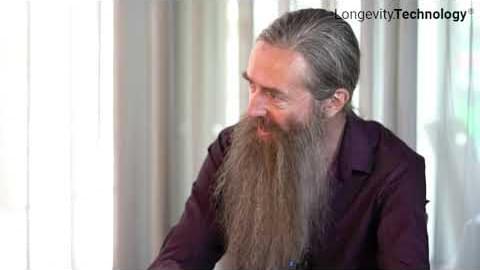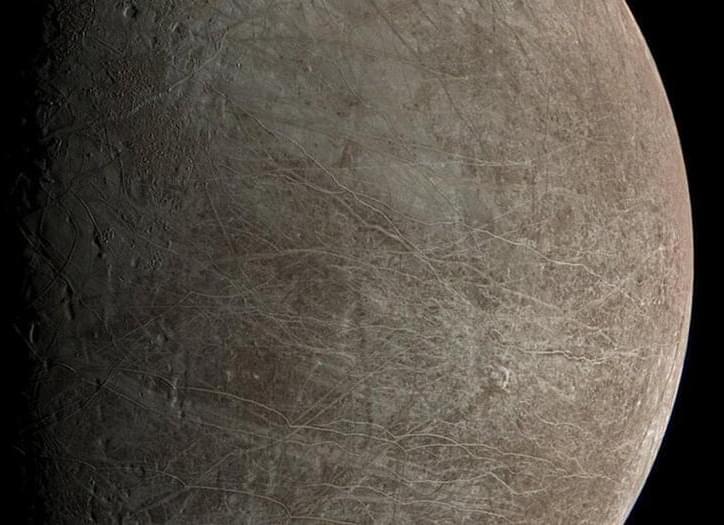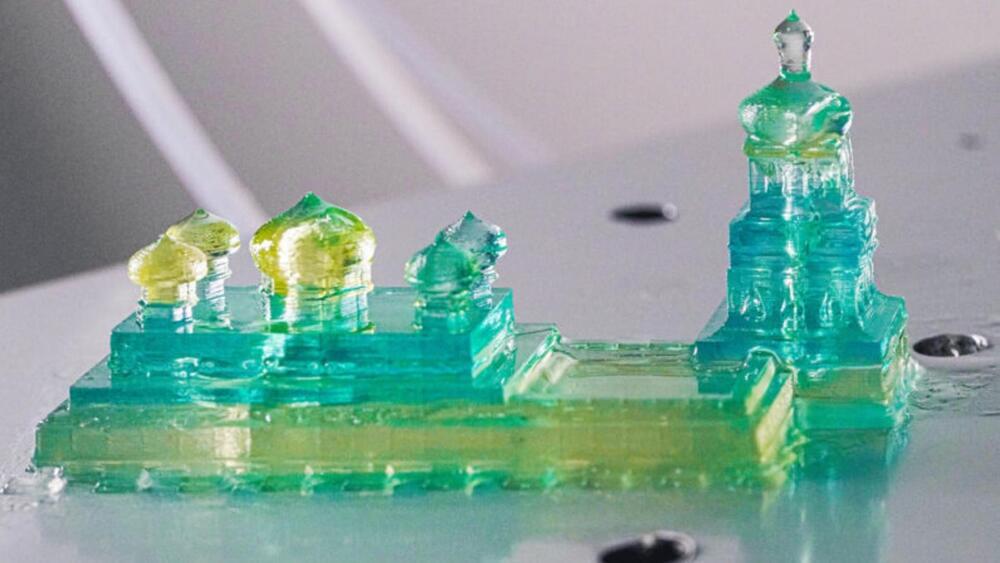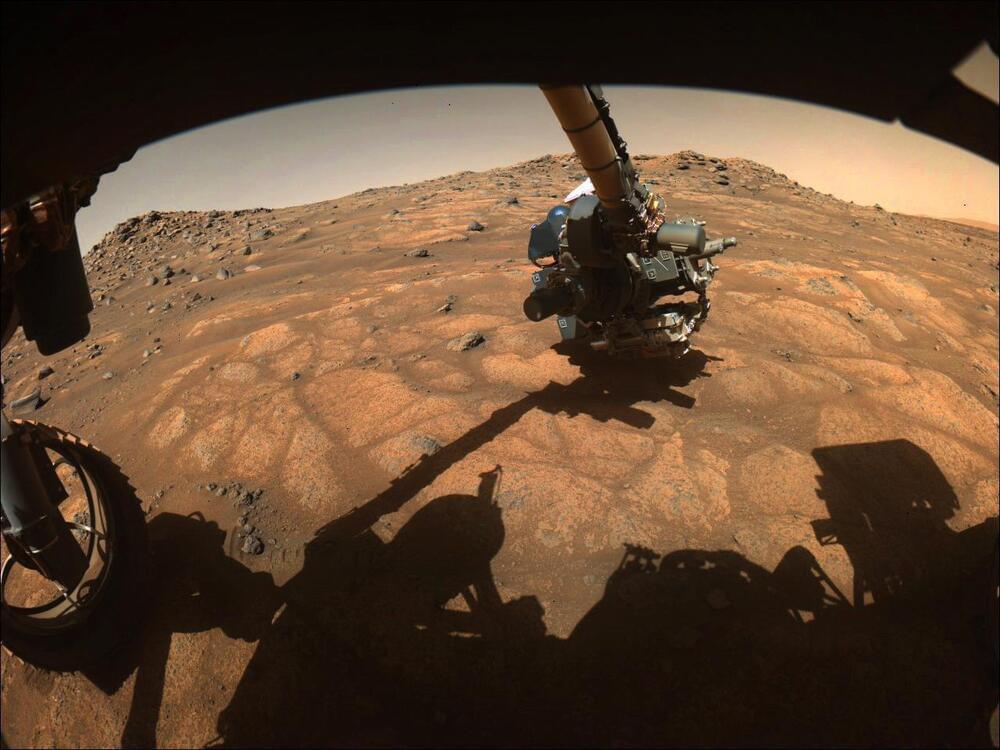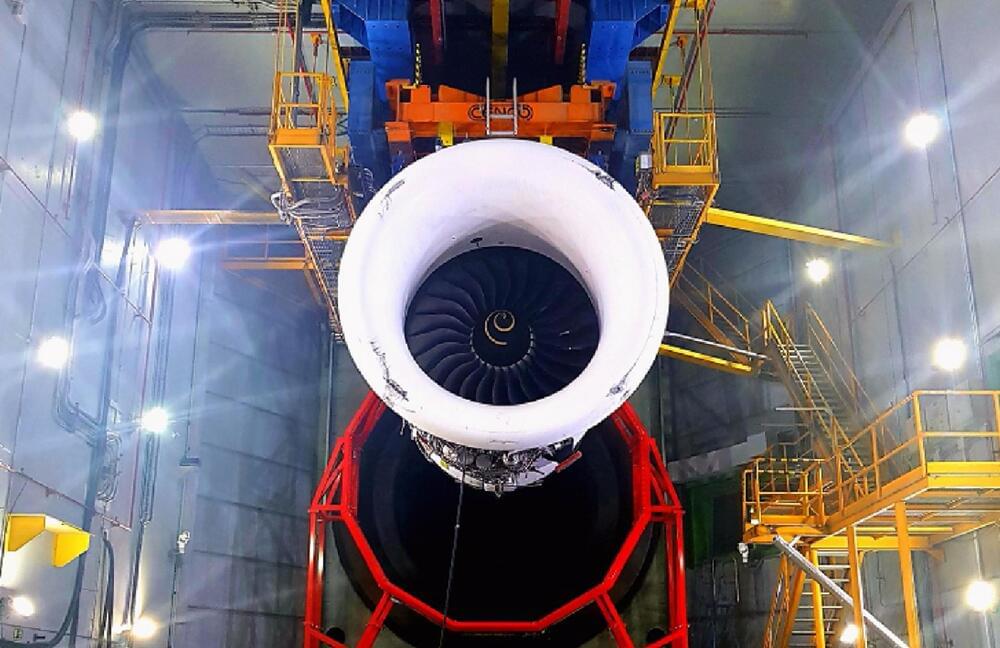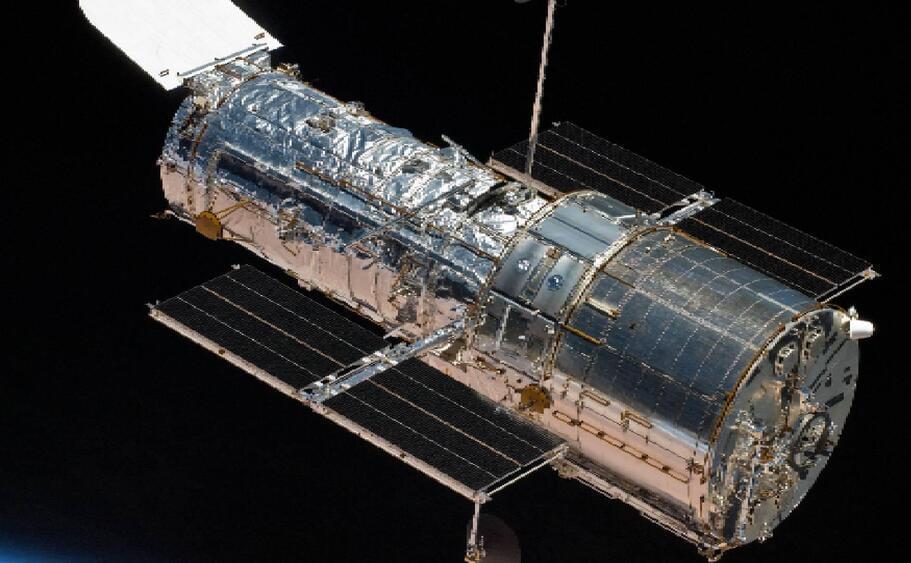CHICAGO, Sept 30 (Reuters) — Clear evidence this week that Eisai (4523.T) and Biogen’s (BIIB.O) drug lecanemab slows cognitive decline in early stage dementia has galvanized efforts among Alzheimer’s researchers toward a tantalizing goal — preventing dementia even before symptoms start.
Lecanemab is an antibody that targets and removes toxic clumps of a protein called amyloid beta that accumulate in the brains of patients with Alzheimer’s. Results from the companies’ 1,800-patient trial released on Tuesday showed convincingly that doing so also slows the advance of the mind-robbing disease.
In volunteers with mild cognitive impairment and early stage dementia, the drug showed a 27% reduction in cognitive decline after 18 months compared with those who got a placebo.

